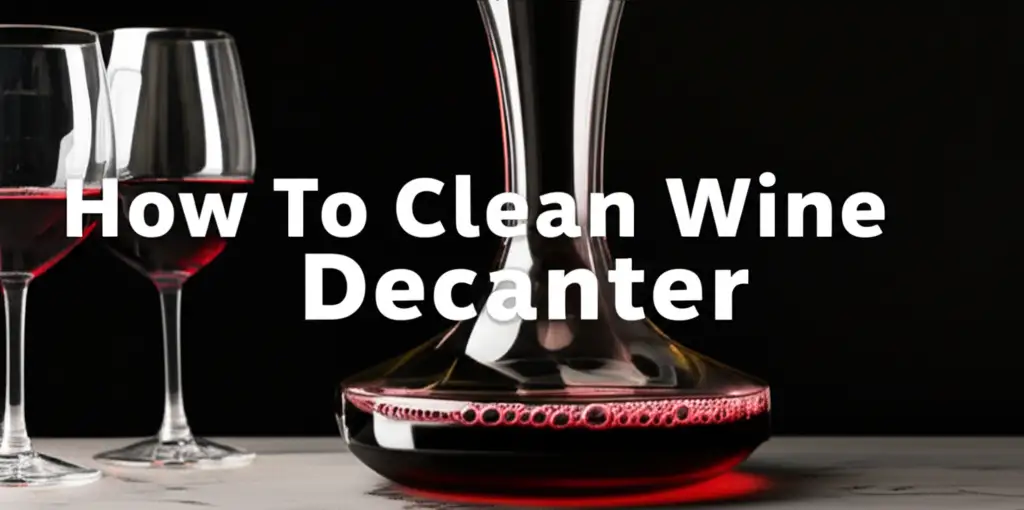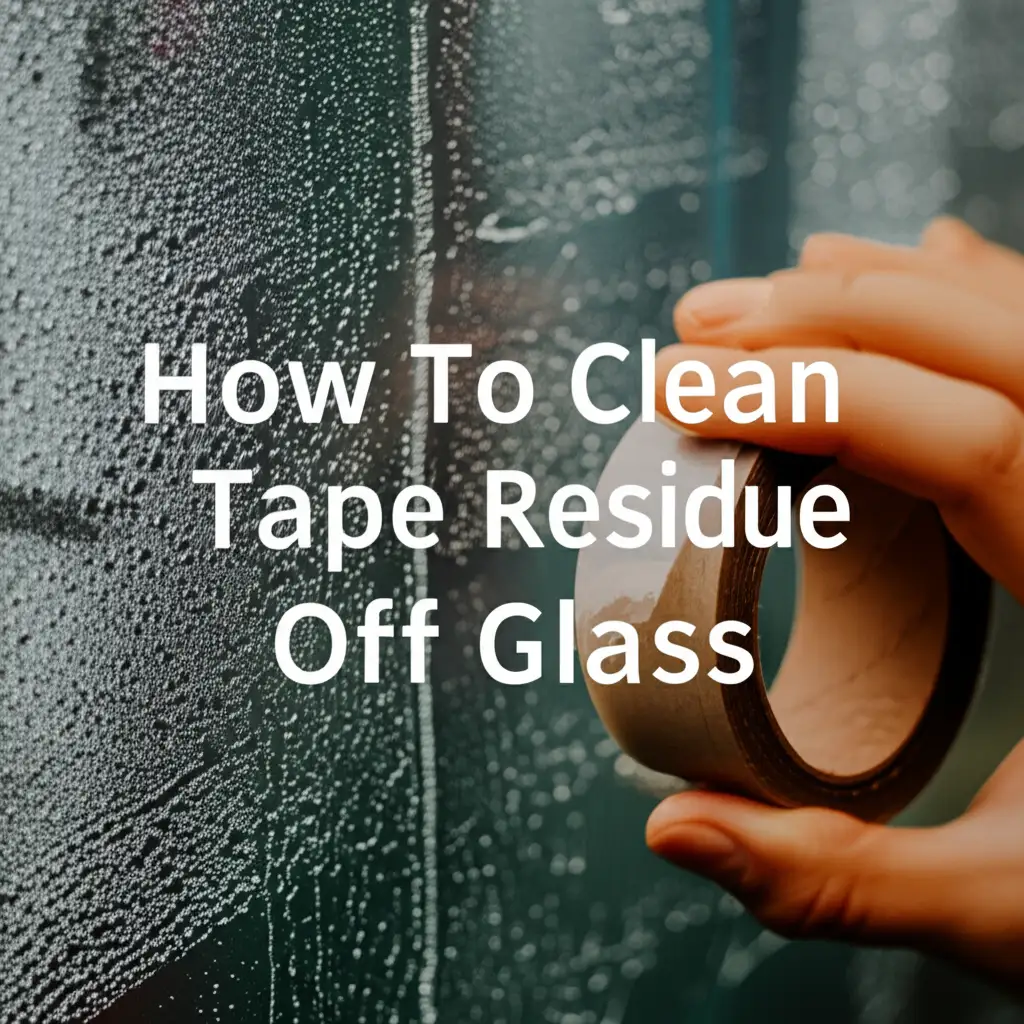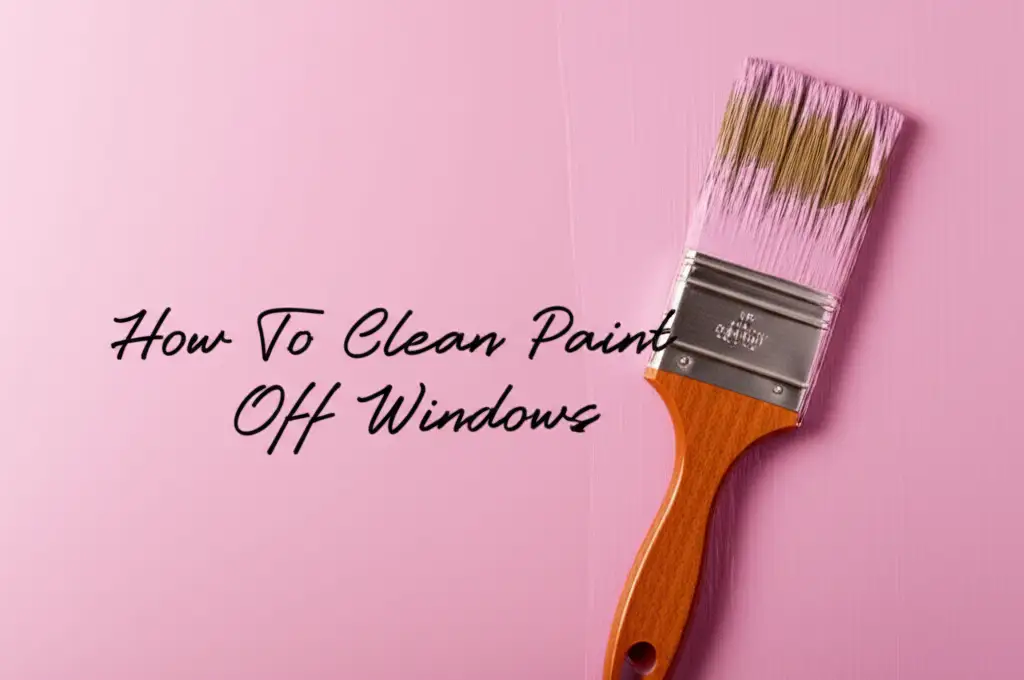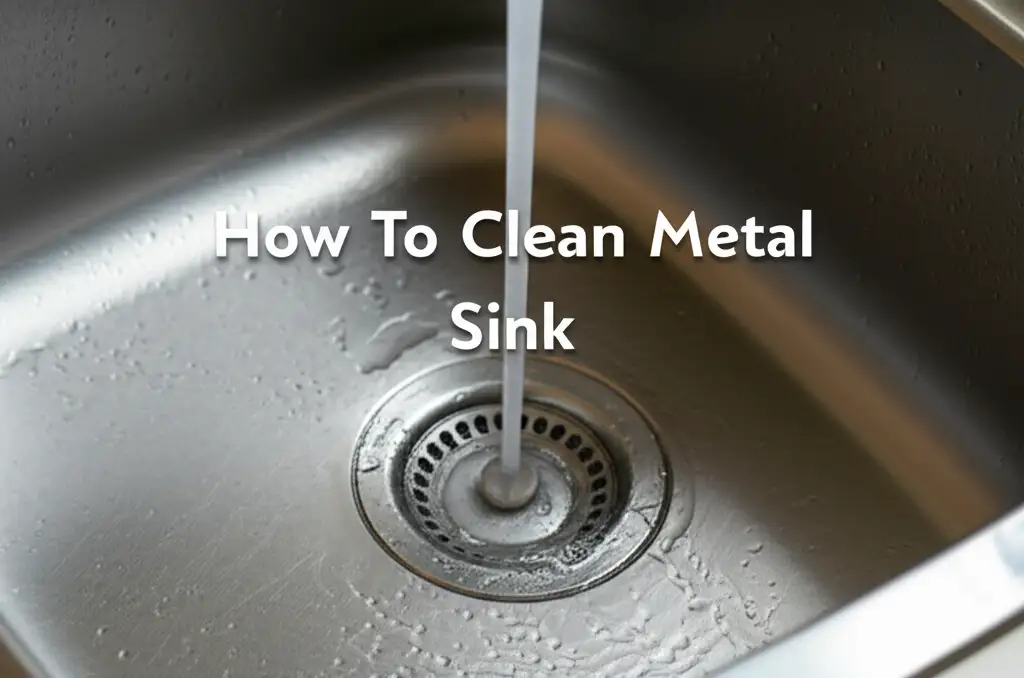· Home Cleaning · 10 min read
How To Clean Wine Decanter

Mastering the Art of Cleaning Your Wine Decanter
A wine decanter improves your wine experience. It allows wine to breathe, enhancing its flavors. However, decanters can get dirty, showing wine residue or water spots. Knowing how to clean wine decanter properly keeps it sparkling and ready for the next bottle. A clean decanter ensures no lingering smells or stains affect your wine’s taste. This guide will show you simple, effective ways to clean your decanter. We will cover daily cleaning, stain removal, and proper drying techniques. Get ready to make your decanter shine like new.
Takeaway:
- Clean your decanter right after each use to prevent stubborn stains.
- Use warm water, mild soap, and white vinegar for most cleaning tasks.
- Decanter cleaning beads or rice help remove tough residue.
- Always dry your decanter completely to avoid water spots and mold.
- Avoid harsh chemicals, extreme temperatures, and abrasive tools.
To clean a wine decanter, rinse it immediately after use with warm water. For tougher stains or cloudiness, use a solution of warm water and white vinegar, or add decanter cleaning beads with water. Swish gently, then rinse thoroughly and dry upside down on a decanter drying rack.
Essential Tools for Effective Decanter Cleaning
Cleaning a wine decanter requires specific tools. Using the right items prevents damage and ensures a thorough clean. You do not need many special tools. Most items are common household products. Having these ready makes the cleaning process simple.
Gathering Your Cleaning Arsenal
First, gather your basic cleaning supplies. You will need warm water. Make sure it is not too hot, as extreme temperatures can damage delicate glass. Unscented dish soap works well for general cleaning. Avoid strong-smelling soaps that can leave odors in your decanter. A soft, lint-free cloth, like a microfiber towel, is good for polishing. These items form the core of your cleaning kit.
The Power of Simple Ingredients
White vinegar is a cleaning hero for decanters. It cuts through mineral deposits and wine stains. You can also use a mixture of ice and coarse salt for abrasive cleaning, though specialized decanter cleaning beads are safer. Decanter brushes with flexible heads help reach inside curves. Finally, a decanter drying rack is crucial. It allows the decanter to air dry completely, preventing water spots and mold growth. These simple items help you clean your decanter safely and effectively.
Step-by-Step Guide to Everyday Decanter Cleaning
Regular cleaning is key to maintaining your wine decanter. It prevents stains from setting in. Cleaning it after every use saves you from bigger cleaning tasks later. This simple routine keeps your decanter pristine. It ensures your next wine experience is pure and delightful.
Rinsing Right After Use
The moment you pour the last drop of wine, rinse your decanter. Fill it with warm water. Swirl the water around. This action removes most of the fresh wine residue. Empty the water, and repeat this step two or three times. This immediate rinse is the best defense against stubborn stains. It is a quick and important first step.
Gentle Soap Application
After the initial rinse, add a few drops of unscented dish soap. Fill the decanter about halfway with warm water. Swirl the soapy water vigorously. You can use a flexible decanter brush to reach all inner surfaces, especially the neck and bottom. Be gentle, as decanters are fragile. Rinse the decanter thoroughly with clean, warm water until no soap suds remain. Ensure all soap is gone, as any residue can affect the taste of your next wine.
Tackling Stubborn Red Wine Stains and Residue
Sometimes, wine stains set in despite regular rinsing. Red wine, in particular, can leave persistent marks. Do not worry; these stains are often removable. Special methods help lift the most challenging residue. This section will guide you through effective stain removal techniques. You can restore your decanter’s clarity.
The Vinegar Power Soak
White vinegar is excellent for breaking down red wine stains. Fill your decanter with a solution of equal parts warm water and white vinegar. Let it sit for several hours, or even overnight, for tough stains. The vinegar dissolves the wine pigments and mineral deposits. After soaking, gently swirl the solution. Pour it out, then rinse the decanter thoroughly with warm water. For more information on removing red wine stains, you can visit our guide on how to clean red wine stain.
Decanter Cleaning Beads for Deep Cleaning
For stubborn rings or dried-on residue, decanter cleaning beads are a safe and effective option. These small stainless steel beads gently scrub the inside of the decanter. Pour the beads into the decanter. Add a small amount of warm water and a drop of dish soap. Swirl the decanter gently for several minutes. The beads rub against the glass, removing stuck-on grime without scratching. Pour out the beads into a sieve to reuse them. Rinse the decanter completely clean.
Restoring Shine to a Cloudy Wine Decanter
A cloudy decanter means mineral deposits have built up. Hard water often causes this dull appearance. These deposits form a film on the glass. This film can hide the wine’s true color and brilliance. You can easily remove this cloudiness. Simple steps restore your decanter’s original sparkle.
White Vinegar for Limescale
White vinegar is a strong ally against limescale and hard water spots. Fill your decanter with undiluted white vinegar. Let it soak for several hours, or overnight if the cloudiness is severe. The acetic acid in vinegar dissolves the mineral deposits. After soaking, empty the vinegar. Rinse the decanter thoroughly with warm water. For tips on using vinegar for cleaning glass, check out our article on how to clean glass with vinegar. This process should remove the cloudy film.
Polishing for Perfect Clarity
Sometimes, after cleaning, a faint haze might remain. This is often due to residual water or tiny particles. To achieve crystal-clear results, a final polish is key. After rinsing, dry the outside of the decanter with a soft, lint-free microfiber cloth. For the inside, if reachable, use a special flexible drying cloth on a stick or allow it to air dry completely on a decanter drying rack. Avoid leaving water drops, as they can dry into new spots. A perfectly clear decanter enhances your wine’s visual appeal.
Proper Drying and Storage for Decanter Longevity
Cleaning your decanter is only half the battle. Proper drying and storage are just as important. Incomplete drying leads to water spots, streaks, or even mold. Incorrect storage can lead to breakage. Taking these final steps ensures your decanter stays beautiful and functional for many years.
The Critical Drying Phase
Never let your decanter air dry upright. Water can pool at the bottom, creating water spots or fostering mold growth. The best method is to use a decanter drying rack. These racks hold the decanter upside down, allowing air to circulate freely. This position lets all water drip out. Let it dry for several hours, or overnight, to ensure it is completely dry. A well-designed rack also prevents the decanter from tipping over. This step is crucial for preventing cloudiness and maintaining hygiene.
Storing Your Decanter Safely
Once your decanter is perfectly dry, store it carefully. Store it in a place where it will not be easily knocked over. You can keep it on its drying rack if you have space. Alternatively, store it upright in a cabinet. Make sure there is no dust or debris in the cabinet. Avoid storing it upside down on a flat surface without a rack, as this can trap moisture. A clean, dry, and safe storage environment protects your decanter until its next use. Proper storage extends its life and keeps it ready for your favorite wines.
Avoid These Common Decanter Cleaning Mistakes
Cleaning a decanter seems straightforward. However, some common errors can damage it or make cleaning harder. Knowing what to avoid is as important as knowing what to do. These mistakes can lead to scratches, cracks, or lingering residue. I want your decanter to last.
Harsh Chemicals and Abrasives
Do not use harsh chemical cleaners like bleach or strong detergents. These can etch the glass or leave chemical residues. These residues can then taint your wine. Also, avoid abrasive scrubbing pads or wire brushes. They can scratch the delicate glass surface. Even coarse salt, if used too vigorously, can cause micro-scratches. Stick to gentle soap, vinegar, and soft tools. My goal is to protect your decanter’s integrity.
Temperature Extremes
Glass can crack or shatter with sudden temperature changes. Never put a hot decanter into cold water, or vice versa. Always use warm water for cleaning and rinsing. Allow the decanter to reach room temperature before washing it if it has been very cold or very hot. This thermal shock can cause irreparable damage. Be gentle with temperature. This care ensures your decanter remains whole and ready for use.
Frequently Asked Questions About Cleaning Wine Decanters
Many people have questions about decanter cleaning. I will answer some common ones here. This section helps clarify doubts. It gives you quick solutions to typical decanter care issues.
Q1: How often should I clean my wine decanter?
You should clean your wine decanter after every single use. This is the best practice. Immediate rinsing prevents wine residue from drying and staining the glass. For a deeper clean, like using vinegar or cleaning beads, do it every few uses or when you notice cloudiness or stubborn stains.
Q2: Can I put my decanter in the dishwasher?
No, do not put your wine decanter in the dishwasher. Dishwashers use high heat, harsh detergents, and strong water jets. These can damage the delicate glass. The decanter’s shape might also prevent proper cleaning or drying in a dishwasher. Hand washing is always the safest method.
Q3: What if my decanter has a narrow neck?
Decanters with narrow necks are challenging. Use flexible decanter brushes that can bend to reach all areas. Decanter cleaning beads are very effective for these designs. They can navigate the curves and clean the bottom. A long, thin, lint-free cloth on a stick can help with drying the inside.
Q4: How do I remove water spots?
Water spots usually come from mineral deposits in hard water. White vinegar is the best solution. Fill the decanter with white vinegar and let it soak. Then, rinse thoroughly with distilled water if your tap water is very hard. Ensure complete drying on a decanter drying rack.
Q5: Is it safe to use ice and salt?
Using ice and salt is a common method. It can be effective for tough stains. However, use coarse salt and swirl gently to avoid scratching the glass. Decanter cleaning beads are a safer alternative, as they are specifically designed not to scratch delicate glass surfaces.
Q6: Can I use denture tablets?
Yes, denture tablets can be used for decanter cleaning. Drop one or two tablets into the decanter, fill with warm water, and let them dissolve and fizz. This process helps break down stains and residue. Rinse thoroughly afterward to remove any chemical taste or residue.
Elevate Your Wine Experience with a Spotless Decanter
A clean wine decanter is more than just an item; it is part of the wine experience. Knowing how to clean wine decanter ensures every pour is perfect. You prevent unwanted flavors or cloudy appearances. Regular cleaning extends the life of your beautiful glassware. I have shown you easy steps for daily care, tackling tough stains, and proper drying.
These simple methods keep your decanter sparkling. They allow the wine’s true character to shine through. Do not let a dirty decanter detract from your enjoyment. Take a few moments after each use to clean it. Your wine, and your guests, will thank you. Apply these cleaning tips today. Make every sip from your decanter a clear, delightful experience.
- wine decanter cleaning
- decanter care
- glass cleaning
- wine stains
- kitchen cleaning




